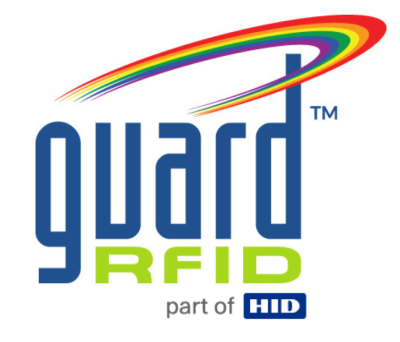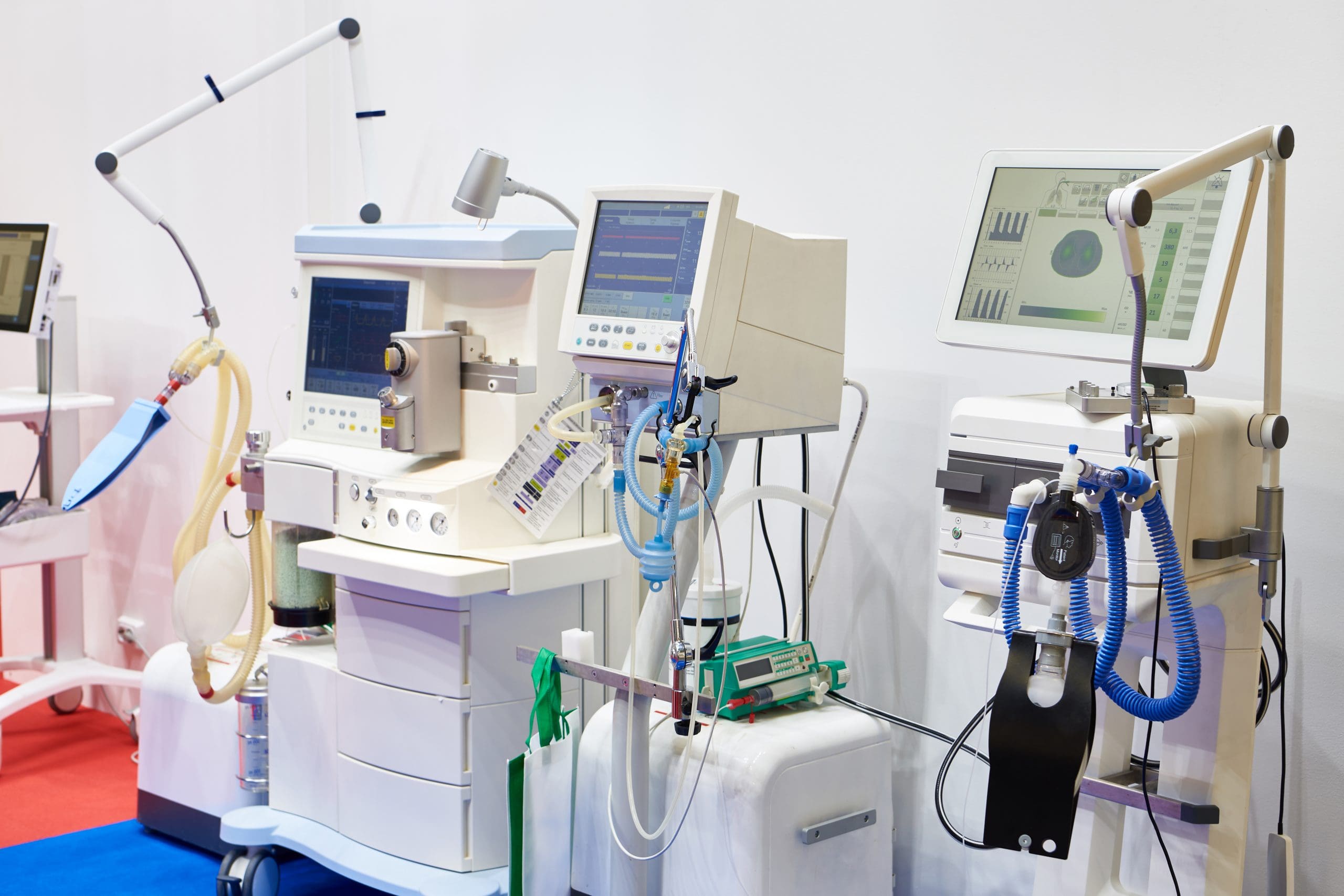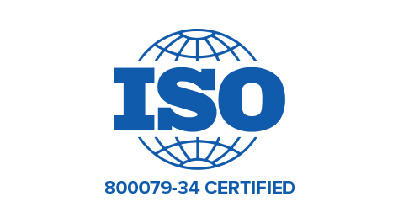Every healthcare facility is unique. Yet all organizations share a primary concern—the safety and security of its staff and patients. In a hospital or healthcare environment, care providers are challenged with a number of safety issues specific to patient type and activity, the delivery of patient care, and facility layout.
And, just as no healthcare setting is the same, so too are safety plans, which should be tailored to each organization. Radio-frequency identification (RFID) technology is a solution that is highly customizable and is an integral part of helping organizations meet their individual safety and security needs.
RFID technology uses tags worn by personnel and patients to track their movements and allow or deny access to specific areas of facilities using a variety of programmable functions. The technology is integrated into existing operating workflows to discretely create a safer environment.
Customizable user permissions
Every healthcare setting has a wide variety of people working in and being treated at any given facility—from patients and visitors to administrators, medical staff and security. An RFID system offers different levels of user permissions, so that all people who are interacting in the health care setting can be kept safe.
For example, some sensitive or hazardous zones may need to be restricted, and only allow entrance to approved, trained or certified employees. Staff who use the RFID system are typically assigned a level of permission as well, whether they are an administrator, super user or end user.
Patient types and activity
Different patient populations also call for bespoke protections. In a wandering patient scenario, a discrete RFID tag prevents ambulatory adult patients with cognitive or executive impairment from accessing restricted areas or leaving a healthcare facility without notice.
Small, lightweight tags designed specifically for infants prevent baby abductions by tracking patient movement in real time. The technology also stops parent-baby mismatches from occurring due to human error.
For different types of patients, it’s possible to program RFID tags with distinct actions and permissions related to the facility.
Facility layout configurations
Gates, doors, stairwells and elevators are all potential safety and security hazards in any healthcare setting. RFID technology allows system administrators to choose certain functions to take place when a tagged patient encounters an egress point.
For example, a door may lock or unlock, depending on the predetermined settings. Tags in the field may, or may not, allow a tagged patient to open an elevator door and ride from one floor to another. In addition, tag field sizes are adjustable based on each door location.
Alarm configurations
Another security feature is the use of alarms, which can be customized in multiple ways. The healthcare provider may want to apply a distinctive alarm or notification sound for different tag actions and scenarios. These actions and commensurate alarms can include: a tag exit alarm; a tag too close to an open door alarm; a tag tamper alarm; tag testing alarms and tech support notifications; tags being removed prior to Discharge, and many more.
It’s also possible to replace the alarm sound types with custom .WAV files or text-to-speech phrases, which may be more easily identified if the user employs many notification types. lf staff wish to have the option to mute alarms for a configurable period, they simply use a MUTE button within the RFID system software.
When a specific alarm sounds, software can be configured to provide the user with instructions on how to respond. An “Improperly Applied Tag” alarm would direct the user to identify the patient, and to re-apply the tag properly before clearing the alarm, whereas a “Tag Loiter” Alarm would indicate the tagged patient should be moved away from the exit, and re-educated as needed. Defined alarms and instructions enable employees to respond with an appropriate level of urgency related to the type of alarm.
Tracking alarm use over time is a function that assists health care providers in understanding where safety and security issues are occurring. Any time a staff member resolves a patient tag alarm, they simply select a pre-defined statement or make a custom note about the cause of the alarm. Accrued statements and notes can be reviewed to determine trends that need correction.
Secure system access and password requirements
Sensitive and important healthcare data is stored on computers, so it’s extremely important for users to be able to access data securely. Healthcare organizations may opt to integrate an RFID system with their own access management systems such as Active Directory (AD) or Lightweight Directory Access Protocol (LDAP) to enter user information, or they can choose to access the RFID system directly with user passwords.
In the second option, the RFID system is configured so that users are required to follow best practices in password use, to prevent access by unauthorized users or even hackers. For instance, to implement a strong password policy, the administrator sets up the RFID system to demand minimum character lengths, numbers, and upper- and lower-case letters for user passwords. When a password expiry interval is set up as well, this too reduces the risk of cyberattacks via a guessed or stolen password.
The flexibility and customizability of RFID systems offer discrete security solutions to hospitals and other healthcare facilities that seamlessly increase the safety of both personnel and patients.
For more information on RFID technology and staff and patient tracking, please contact us for a demo.


